
Human identity is found in the sentiments of compassion, comprehension and sympathizing.
The thousand-year old history of the evolution of primary instincts, and of conflictual integration of emerging cultures in society, have resulted in unique religious and artistic experiences of the three spiritual qualities that define, in modern terms, the theological virtues of faith, hope and charity
To teach knowledge of humanity means, above all, to be cognizant of the fact that human condition is identical for everyone, regardless of race, religion or culture, and that awareness of self stems from the learning of emotions.
Agnes Heller sets out the common starting points. She says: "Firstly, it is important to distinguish what we feel. Otherwise, and because we are not creatures guided by instincts, we will be unable to help ourselves."
The recognition of particular, egocentric and then individual sentiments, can become the "field" of study and consideration of personal experience along with the intuitive experience of women, artists, writers and philosophers. The endeavour to "integrate" cognition was synthesized, by Edgar Morin, as follows:
"Humans are physical, biological, psychological, cultural, social and historical beings. Education however has disintegrated man’s complex unity and has divided knowledge into specific disciplines. Today, it is no longer possible to know what to be a human being human means. Instead it would be fundamental to be fully conscious, not only of one’s complex identity, but also of the shared identity common to all of humanity."
The learning of ‘pertinent knowledge’ can become accessible to everyone, regardless of social and cultural condition if there is a move away from fragmented knowledge in favour of simpler, more accessible language – also the most ancient and synthetic form; that is the art of sign, symbol and image.
All images contain a concentration of synthesised information derived from psychology, philosophy, and social history. The reading of such images is intuitive and unified, and is the same both for the person reading the "document" as for the one who produced it.
Michael Foucault was the first to realize and warn about the dangers of scientific rationality. He forecast the problems of scholars conceiving historical documents, whose material was divided into sections, organised, distributed, ordered and subdivided into levels, so as to establish new unities and incessantly renew the foundation of shared knowledge.
The experience/knowledge/consciousness, that can contribute to facilitating the identification of human, earthly, and spiritual identity, must depart from the point in which discourse had been interrupted.
Saint Augustine, Dante Alighieri, Meister Eckhart and Albrecht Durer have set the pillars of knowledge. A knowledge that originated from Saint Agustine’s evolutionary desire to know, Dante’s analytical spirit, Meister Eckart’s mystic mind and Durer’s artistic perception.
Clearly, then the domains of psychology, philosophy, literature, and art education become an integral, and indispensable, tool to select, contextualize and globalize knowledge pertaining to the soul’s needs. But, and above all, these domains offer the key to extract the "quintessence" of ethical, moral and spiritual questions from an image. Renaissance artists used the term "spiritus mercuris", synonymous with compassion, understanding and discriminating judgement.
The transformation of human identity (Jesus) into an earthly identity, (Nazarene) and then spiritual one, (the king of the Judeans) can be achieved through growth in critical, cognitive and creative perception of the three worlds.
The subjective material world (mineral), the world of culture and collective sentiments (plant) and the world of universal knowledge and spirituality (mythological animals) embody the potential of growth freeing the individual from a system of social habits and constraints.
"Man is born with particular tendencies, hence his most particular point of view cannot be transcended. Man’s instinctual function is acquired, primarily, by a system of social habits. Therefore, it can be claimed that, of the two kinds of behaviour, (particular behaviour and individual behaviour), the first is the most natural. Individual behaviour is, instead, a ‘secondary way out’ of nature." (A.Heller, Theory of sentiments)
A climb to the top therefore means that a person has opted for the toughest, steepest and most tiring route up. Overcoming self-centredness opens to a new and superior dimension of conscience in which the individual’s viewpoint is transcended to leave a direct and privileged rapport with the Great Mother which changes and can be Nature, Realty, Existence, Conscience and Beatitude.
The "milk of beatitude" awakens the collective conscience and paves the way to a possible terrestrial spiritual homogeneity. Through the respect of religions, cultures and traditions comes enrichment, friendship, integration and of peace.
The thousand-year old history of the evolution of primary instincts, and of conflictual integration of emerging cultures in society, have resulted in unique religious and artistic experiences of the three spiritual qualities that define, in modern terms, the theological virtues of faith, hope and charity
To teach knowledge of humanity means, above all, to be cognizant of the fact that human condition is identical for everyone, regardless of race, religion or culture, and that awareness of self stems from the learning of emotions.
Agnes Heller sets out the common starting points. She says: "Firstly, it is important to distinguish what we feel. Otherwise, and because we are not creatures guided by instincts, we will be unable to help ourselves."
The recognition of particular, egocentric and then individual sentiments, can become the "field" of study and consideration of personal experience along with the intuitive experience of women, artists, writers and philosophers. The endeavour to "integrate" cognition was synthesized, by Edgar Morin, as follows:
"Humans are physical, biological, psychological, cultural, social and historical beings. Education however has disintegrated man’s complex unity and has divided knowledge into specific disciplines. Today, it is no longer possible to know what to be a human being human means. Instead it would be fundamental to be fully conscious, not only of one’s complex identity, but also of the shared identity common to all of humanity."
The learning of ‘pertinent knowledge’ can become accessible to everyone, regardless of social and cultural condition if there is a move away from fragmented knowledge in favour of simpler, more accessible language – also the most ancient and synthetic form; that is the art of sign, symbol and image.
All images contain a concentration of synthesised information derived from psychology, philosophy, and social history. The reading of such images is intuitive and unified, and is the same both for the person reading the "document" as for the one who produced it.
Michael Foucault was the first to realize and warn about the dangers of scientific rationality. He forecast the problems of scholars conceiving historical documents, whose material was divided into sections, organised, distributed, ordered and subdivided into levels, so as to establish new unities and incessantly renew the foundation of shared knowledge.
The experience/knowledge/consciousness, that can contribute to facilitating the identification of human, earthly, and spiritual identity, must depart from the point in which discourse had been interrupted.
Saint Augustine, Dante Alighieri, Meister Eckhart and Albrecht Durer have set the pillars of knowledge. A knowledge that originated from Saint Agustine’s evolutionary desire to know, Dante’s analytical spirit, Meister Eckart’s mystic mind and Durer’s artistic perception.
Clearly, then the domains of psychology, philosophy, literature, and art education become an integral, and indispensable, tool to select, contextualize and globalize knowledge pertaining to the soul’s needs. But, and above all, these domains offer the key to extract the "quintessence" of ethical, moral and spiritual questions from an image. Renaissance artists used the term "spiritus mercuris", synonymous with compassion, understanding and discriminating judgement.
The transformation of human identity (Jesus) into an earthly identity, (Nazarene) and then spiritual one, (the king of the Judeans) can be achieved through growth in critical, cognitive and creative perception of the three worlds.
The subjective material world (mineral), the world of culture and collective sentiments (plant) and the world of universal knowledge and spirituality (mythological animals) embody the potential of growth freeing the individual from a system of social habits and constraints.
"Man is born with particular tendencies, hence his most particular point of view cannot be transcended. Man’s instinctual function is acquired, primarily, by a system of social habits. Therefore, it can be claimed that, of the two kinds of behaviour, (particular behaviour and individual behaviour), the first is the most natural. Individual behaviour is, instead, a ‘secondary way out’ of nature." (A.Heller, Theory of sentiments)
A climb to the top therefore means that a person has opted for the toughest, steepest and most tiring route up. Overcoming self-centredness opens to a new and superior dimension of conscience in which the individual’s viewpoint is transcended to leave a direct and privileged rapport with the Great Mother which changes and can be Nature, Realty, Existence, Conscience and Beatitude.
The "milk of beatitude" awakens the collective conscience and paves the way to a possible terrestrial spiritual homogeneity. Through the respect of religions, cultures and traditions comes enrichment, friendship, integration and of peace.
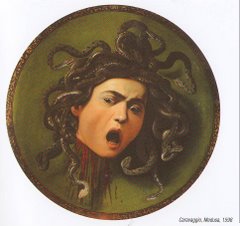
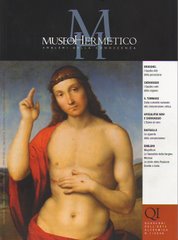

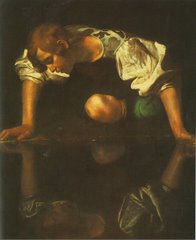
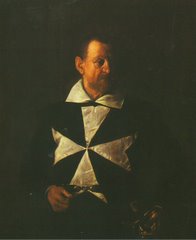
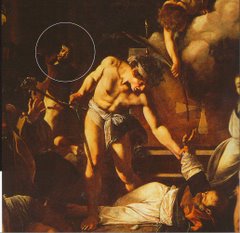
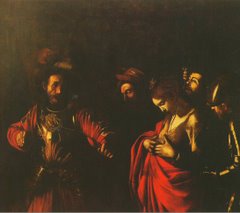



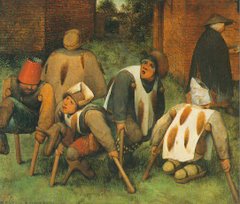
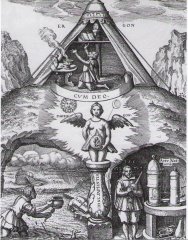


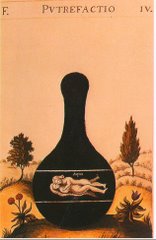

1 commento:
thank you for this article, I like it very much
it is very usufull to read it
thank you again
and good luck! maria
Posta un commento